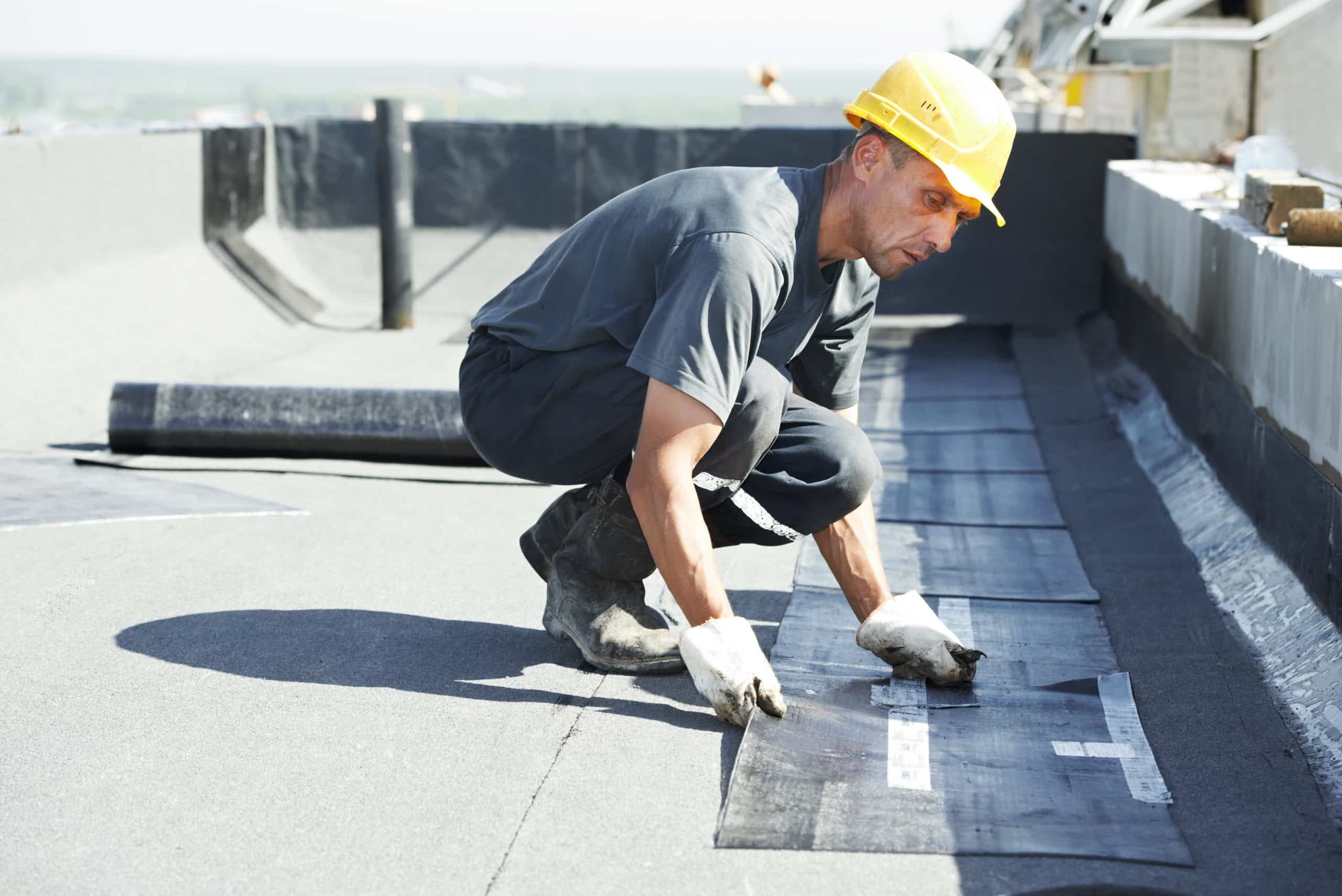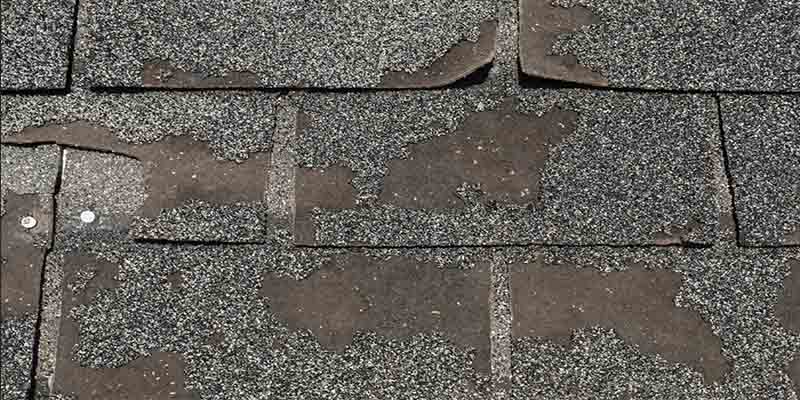Roofing Companies Oahu: Top-Rated Roofers for All Roofing Projects
Roofing Companies Oahu: Top-Rated Roofers for All Roofing Projects
Blog Article
Understanding the Different Kinds Of Roofs: A Comprehensive Overview for Homeowners
In the world of homeownership, picking the proper roof covering style is a decision that brings considerable implications for both performance and visual charm. With a selection of choices-- ranging from the standard gable to the contemporary level-- each type presents special advantages and obstacles that should line up with the property owner's specific needs and environmental factors to consider. Recognizing these distinctions not just aids in making an informed selection yet likewise affects lasting upkeep and power efficiency. As we explore the complexities of numerous roof covering kinds, it ends up being noticeable that dimension does not fit all; the best option may shock you.
Saddleback Roof
Gable roofing systems, identified by their triangular form, are amongst one of the most prominent roof covering designs because of their simpleness and effectiveness in losing water and snow. This style includes two sloping sides that satisfy at a ridge, enabling effective drainage and minimizing the danger of water buildup. The high pitch generally related to saddleback roofs improves their ability to deal with hefty rainfall, making them suitable for various climates.
Along with their practical benefits, gable roofings provide aesthetic flexibility. They can be adjusted to different architectural designs, from standard to modern-day homes. The layout can also fit added functions such as dormer home windows, which enhance all-natural light and air flow in the attic room area.
Additionally, gable roofing systems give enough area for insulation, adding to energy effectiveness. Property owners can select from a selection of roof products, consisting of asphalt shingles, metal, and tiles, further boosting personalization choices.
Despite their advantages, gable roofings might require extra support in areas vulnerable to high winds or hefty snowfall. On the whole, the saddleback roof continues to be a preferred choice due to its mix of capability, resilience, and aesthetic allure.
Flat Roofs
Level roofings are often identified for their minimal layout and useful applications, particularly in industrial and commercial setups (oahu roofing). These roofings include a horizontal or nearly straight surface, which enables very easy building and flexible area use. While they may do not have the aesthetic allure of angled roofs, flat roof coverings supply various benefits, especially in metropolitan settings where making best use of area is important
Among the main benefits of flat roofings is their accessibility. Property owners can utilize the roof space for different purposes, such as rooftop yards, balconies, or photovoltaic panel installations. Furthermore, flat roof coverings are typically more affordable to preserve and mount compared to their sloped equivalents, as they need fewer products and labor.
Common materials used for level roof coverings consist of built-up roof (BUR), modified bitumen, and single-ply membrane layers, each offering distinctive advantages. In general, flat roofings offer as a adaptable and functional option for numerous property owners and companies alike.
Hip Roofings
Hip roof coverings are identified by their sloped sides that assemble on top, creating a ridge. This layout is unique from gable roofings, as all 4 sides of a hip roofing slope downwards toward the walls, offering an extra secure framework. The angle of the inclines can vary, permitting flexibility in architectural aesthetic appeals and performance.
Among the primary benefits of hip roofings is their capacity to hold up against heavy winds and unfavorable weather. The sloped surfaces enable much better water drainage, reducing the risk of leakages and water damage. Furthermore, hip roof coverings offer enhanced attic room, which can be used for storage space or even converted into livable areas.
Nevertheless, constructing a hip roof covering can be much more complex and expensive than simpler roof covering kinds, such as gable roof coverings. The added product and labor associated with producing the slopes and ensuring correct structural integrity can lead to greater costs. Regardless of these drawbacks, numerous home owners prefer hip roof coverings for their durability, aesthetic charm, and possibility for energy efficiency.
Mansard Roofings
Mansard roof coverings, commonly acknowledged by their special four-sided design, feature 2 inclines on each side, with the reduced slope being steeper than the top. This architectural design, stemming from France in the 17th century, is not just aesthetically appealing however useful, as it makes best use of the usable space in the top floorings of a structure. The high reduced slope enables even more clearance, making it a suitable selection for loft spaces or attics, which can be exchanged living areas.
Mansard roofings are defined by their versatility, fitting various building designs, from standard to contemporary. They can be created with different materials, including asphalt roof shingles, slate, or steel, offering home owners with a variety of options to suit their spending plans and preferences. Additionally, the style permits for the assimilation of dormer windows, boosting natural light and air flow in the upper degrees.
However, it is essential to take into consideration the prospective downsides. Mansard roofs might need more maintenance as a result of the complexity of their design, and their high slopes can be challenging for snow and rainfall drainage. Overall, mansard roofings combine beauty with practicality, making them a preferred option amongst home owners looking for distinctive architectural functions.
Shed Roofings
As house owners increasingly seek simplicity and capability in their building designs, lost roof coverings have actually become a preferred selection. Characterized by a single sloping aircraft, a shed roof provides a minimal aesthetic that enhances over here numerous home designs, from contemporary to rustic.
Among the primary benefits of a shed roof covering is its simple building, which typically equates to lower labor and material expenses. This design enables effective water drainage, decreasing the risk of leakages and water damage. Additionally, the vertical slope offers adequate area for skylights, improving all-natural light within the inside.
Dropped roof coverings additionally use adaptability in terms of use. They can be properly incorporated into additions, garages, or exterior frameworks like structures and sheds. Additionally, this roof style can accommodate different roof products, including steel, asphalt tiles, or perhaps eco-friendly roofing systems, straightening with green initiatives.
However, it is vital to take into consideration regional climate problems, as hefty snow loads might demand adjustments to the roof's angle or structure. Overall, dropped roof coverings present a additional info sensible and aesthetically pleasing alternative for property owners aiming to optimize functionality without jeopardizing design.
Final Thought


Gable roofs, defined by their triangular shape, are among the most popular roof covering styles due to their simpleness and effectiveness in losing water and snow. oahu roofing. The steep pitch commonly associated with gable roofing systems enhances their capacity to deal with hefty rainfall, making them appropriate for numerous climates
While they may do not have the aesthetic appeal of pitched roofings, flat roofs supply countless benefits, especially in company website urban atmospheres where making the most of area is critical.

Report this page